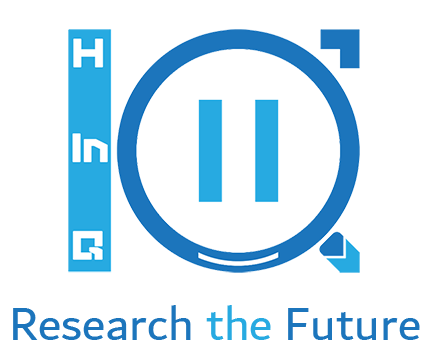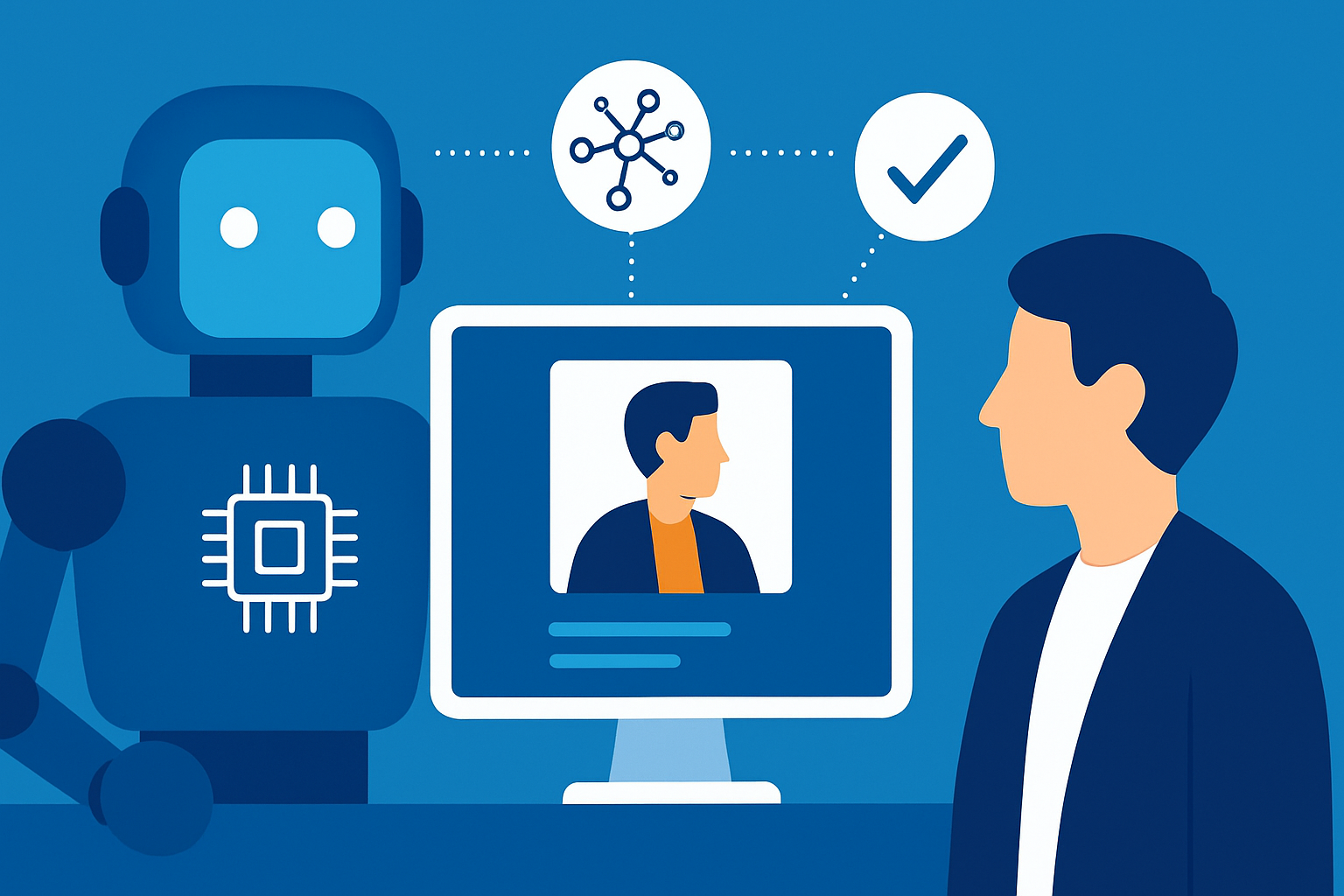Introduction – The End of Intuition: Let AI Choose Your Next Hire
Hiring the right candidate has always been a mix of gut feeling and experience. But let’s face it: human intuition is flawed, prone to bias and inconsistency. In today’s fast-paced business environment, relying solely on instinct and manual resume screening is not just outdated—it’s risky.
Enter predictive hiring powered by AI—a game-changing approach that leverages data analysis and machine learning to make recruitment smarter, faster, and more accurate. Instead of sifting through hundreds of resumes manually, AI-powered tools can scan, filter, and rank candidates in a fraction of the time. It doesn’t stop there—predictive models can even forecast an applicant’s performance and retention before they set foot in the office.
The question is no longer whether AI will transform recruitment—it already has. The real challenge is how to use predictive hiring responsibly, balancing the power of automation with the nuance of human judgment. This article will explore how AI-driven recruitment is revolutionizing hiring processes, from resume screening and predictive analytics to virtual interviews and chatbot interactions. Get ready to discover why predictive hiring is not just a trend—it’s the future.
AI-Powered Resume Screening: Speed and Precision Over Human Bias
Gone are the days of manually scanning countless resumes, hoping to spot the perfect candidate. AI-powered resume screening has taken over, offering speed and precision that human recruiters simply can’t match. By leveraging natural language processing (NLP) and machine learning algorithms, these systems sift through thousands of applications in seconds—identifying top candidates based on skills, experience, and qualifications.
One of the biggest advantages of AI in resume screening is its ability to reduce human bias. While human recruiters might unconsciously favor candidates with familiar backgrounds or names, AI systems objectively evaluate qualifications without being influenced by irrelevant factors. This means a candidate’s potential isn’t overshadowed by biases tied to age, gender, or ethnicity.
For example, companies like Unilever and Hilton have adopted AI-driven screening tools to streamline their hiring processes, resulting in faster recruitment and more diverse talent pools. These tools not only save time but also help businesses make fairer, data-driven decisions.
But here’s the catch: Not all AI systems are created equal. If the training data contains biased patterns, the AI can inadvertently replicate and perpetuate those biases. Therefore, it’s crucial to train models on diverse and representative data to ensure equitable hiring outcomes.
The message is clear: Manual resume screening is obsolete. To keep up with modern recruitment demands, businesses must embrace AI-driven solutions that prioritize speed, accuracy, and fairness.
Predictive Hiring Models: Forecasting Success Before Day One
Imagine being able to predict whether a candidate will excel in a role before they even set foot in the office. That’s exactly what predictive hiring models aim to achieve. By using data analysis and machine learning, these models analyze factors such as past job performance, skill sets, personality traits, and even cultural fit to forecast how well a candidate will perform and how long they’ll stay.
Companies like IBM and Google are already leveraging predictive analytics to enhance their hiring processes. By analyzing historical hiring data and performance metrics, these companies have developed algorithms that predict employee success with remarkable accuracy. This approach not only reduces turnover costs but also ensures that top talent is consistently brought on board.
The real advantage of predictive hiring models lies in their ability to make sense of vast amounts of data that human recruiters would never be able to process. Instead of relying on subjective judgments and gut feelings, companies can base hiring decisions on hard data and proven patterns. This data-driven approach helps organizations mitigate hiring risks and improve long-term employee retention.
However, it’s not without challenges. Predictive models are only as good as the data they are trained on. If past data contains biased or inconsistent information, the algorithm could reinforce discriminatory practices rather than eliminate them. Therefore, organizations must constantly monitor and update their predictive models to maintain fairness and relevance.
The takeaway is simple: Predictive hiring is the future of recruitment, but it needs to be carefully managed to ensure ethical and accurate outcomes. Businesses that embrace this technology will not only hire smarter but also build more resilient, high-performing teams.
Virtual Interviews and Chatbots: Enhancing Efficiency and Candidate Experience
The hiring process no longer needs to be time-consuming and tedious. Thanks to AI-driven virtual interviews and chatbots, recruitment has become faster, smarter, and more candidate-friendly. These tools are not just about speed—they are transforming how candidates experience the hiring process.
Virtual interviews, powered by AI algorithms, can evaluate tone of voice, facial expressions, and even body language to assess a candidate’s communication skills and cultural fit. Unlike traditional interviews that rely heavily on a recruiter’s perception and judgment, these tools offer a standardized and objective evaluation. This approach helps minimize biases that often creep into face-to-face interactions.
Meanwhile, chatbots are revolutionizing initial candidate interactions. Instead of waiting for a human recruiter to respond, candidates can interact with AI-powered chatbots that instantly answer questions, schedule interviews, and even conduct preliminary assessments. This kind of automation not only speeds up the process but also ensures that candidates feel valued and supported from the outset.
Take L’Oréal, for instance. The company implemented a recruitment chatbot named Mya, which significantly cut down screening time while maintaining a positive candidate experience. By automating repetitive tasks, recruiters can focus on more strategic decision-making rather than drowning in paperwork.
The future of recruitment lies in combining AI efficiency with human empathy. By using virtual interviews and chatbots wisely, companies can streamline hiring without sacrificing the candidate experience.
Conclusion – Data-Driven Hiring with a Human Touch
Predictive hiring powered by AI is no longer a futuristic concept—it’s the present reality. Companies that cling to traditional recruitment methods risk falling behind, while those that embrace data-driven hiring are setting themselves up for long-term success.
However, the rise of predictive hiring also brings new challenges, particularly when it comes to ethical considerations and maintaining the human element. As powerful as AI can be, it’s crucial to remember that hiring is more than just data points and algorithms. Behind every application is a real person with unique skills, experiences, and aspirations.
The future of recruitment lies in data-driven decision-making, but it must be guided by ethical practices and a human-centric approach. Those who master this balance will not only hire smarter but also foster more inclusive and resilient workplaces.



